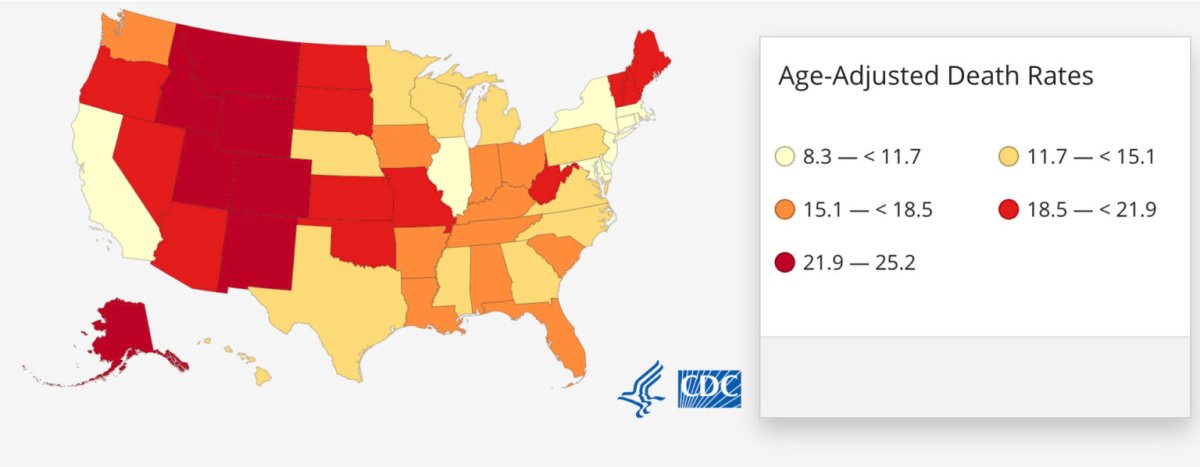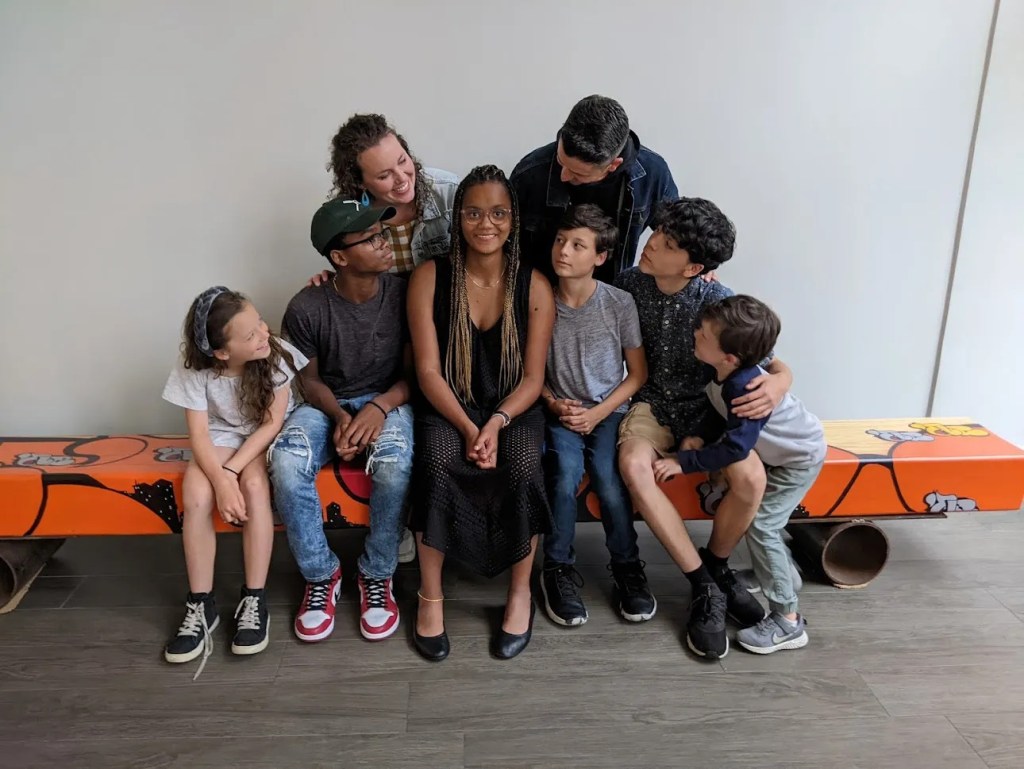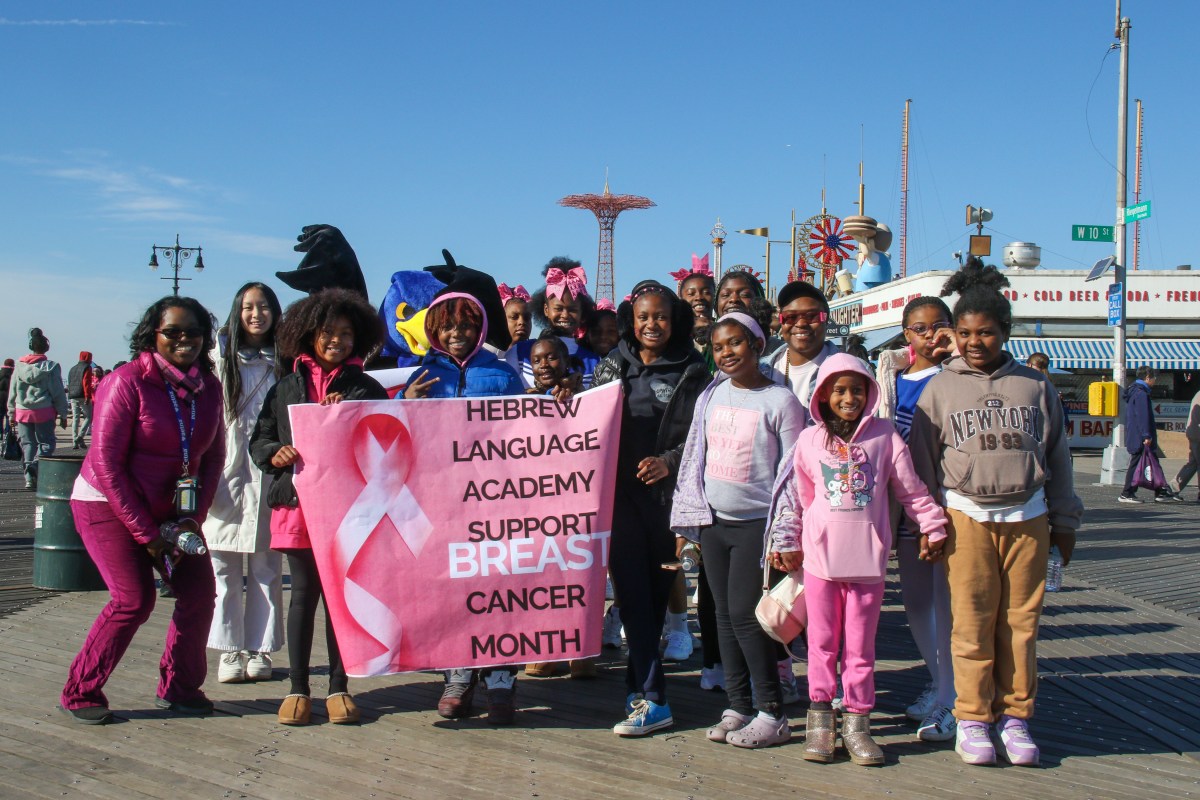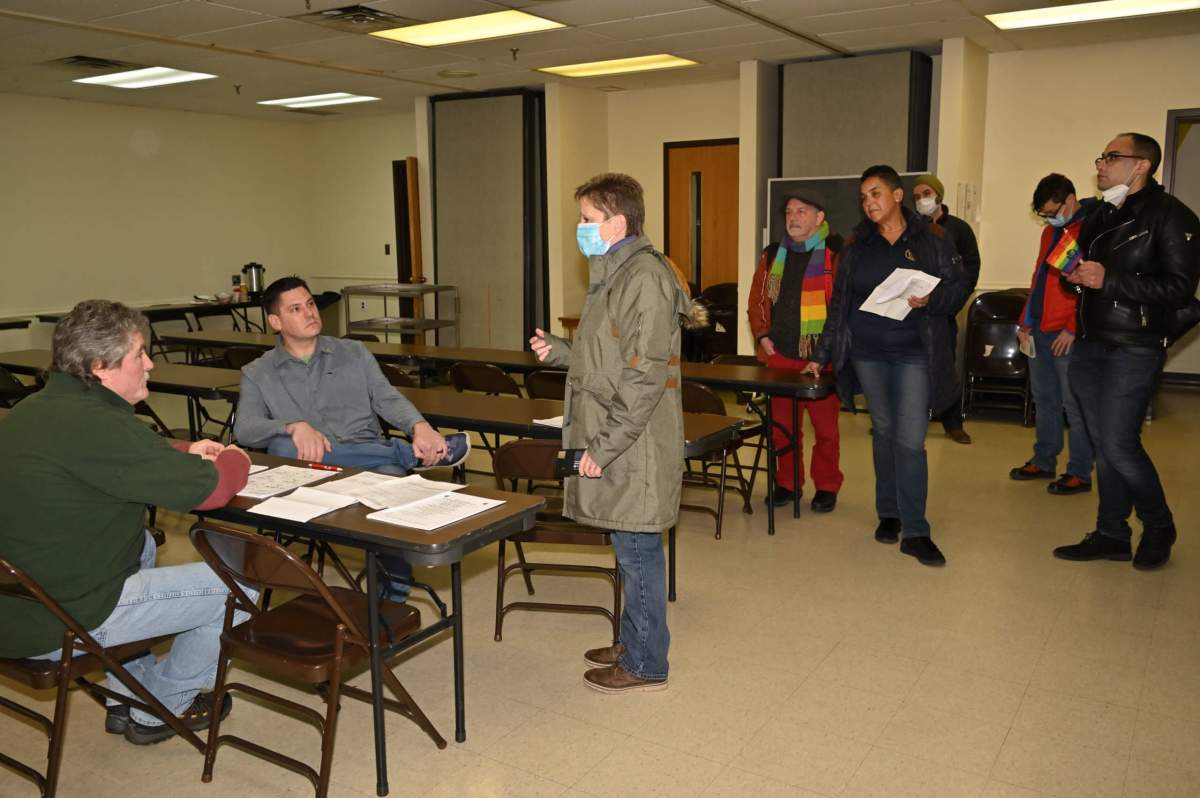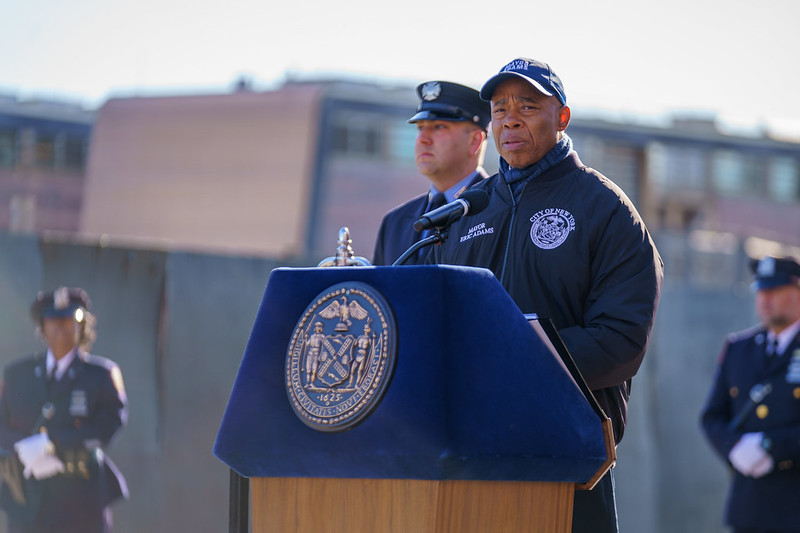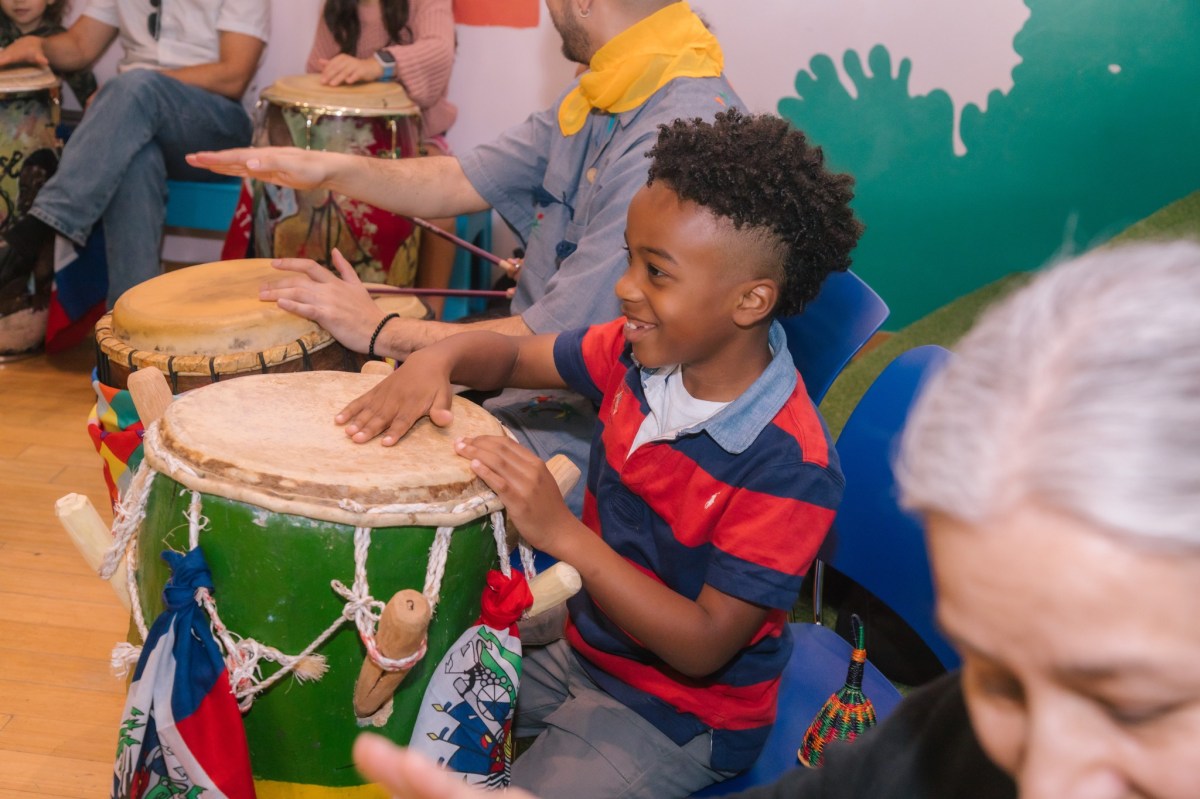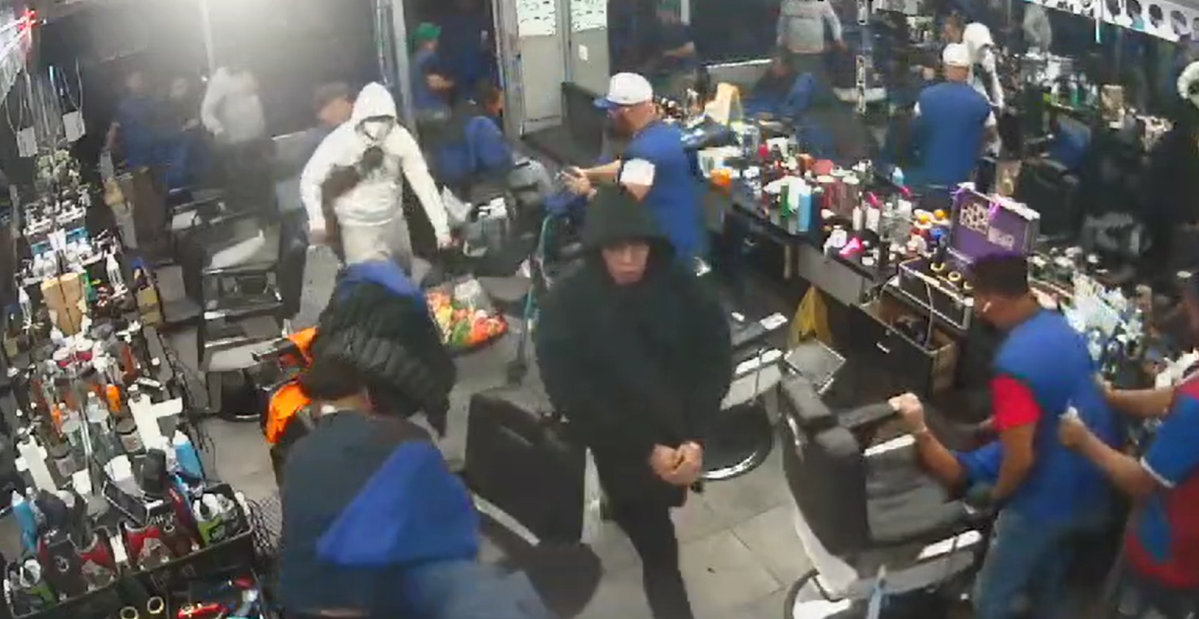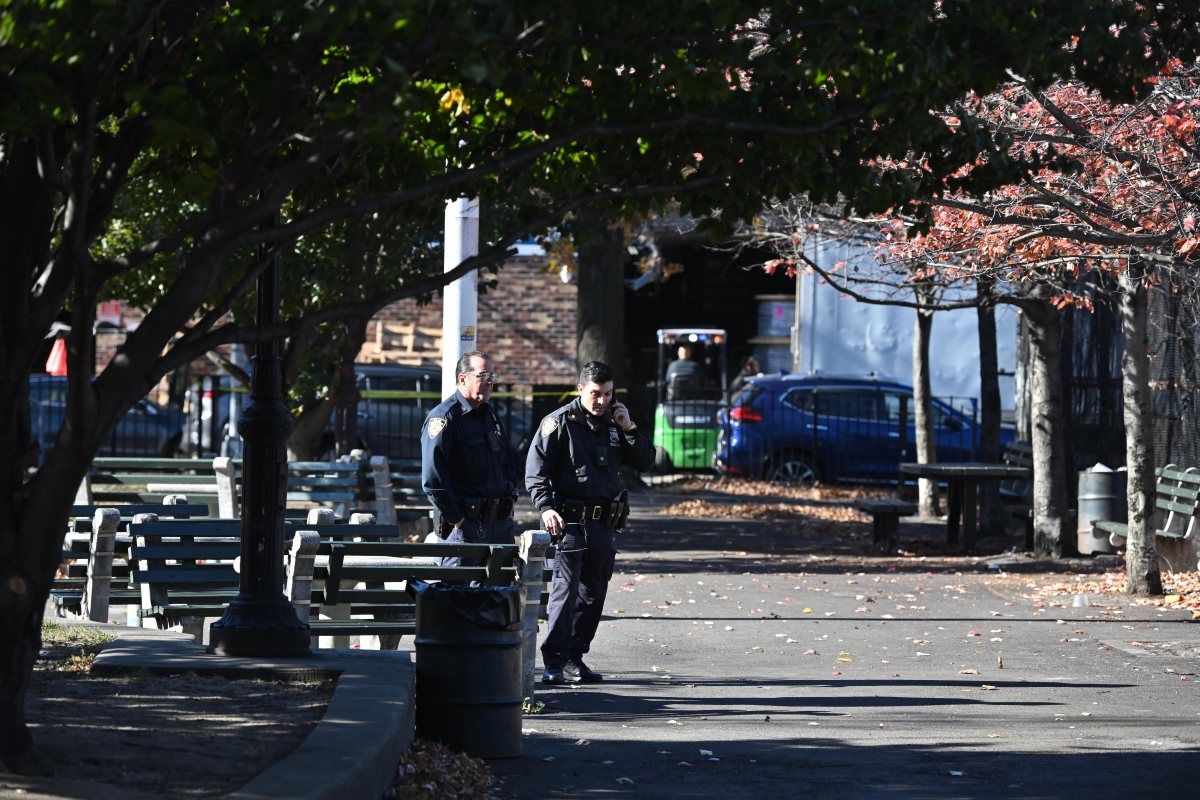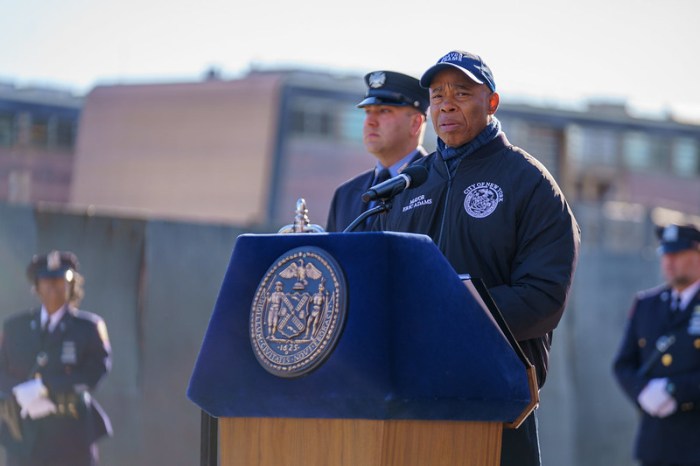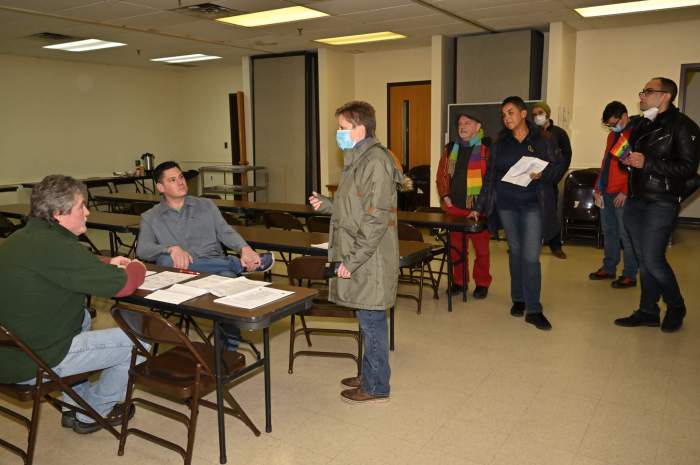Sept. 10 is National Suicide Prevention Day, when families who have suffered tragic losses, health leaders and activists promote the issue and what we can do as a nation to reduce this devastating cause of death. One of these things is to advocate for a new 988 24/7 suicide hotline number, slated for implementation nationwide in July 2022.
Since 2008, suicide has ranked as the 10th leading cause in the US. In 2018, 48,344 people died by suicide and there were 1.4 million suicide attempts across the country, according to data provided by The American Foundation for Suicide Prevention (AFSP).
The AFSP highlighted the following facts for 2018 (the most up-to-date data available):
- The rate of suicide is highest in middle-aged white men
- In 2018, men died by suicide 3.5x more often than women, and accounted for 69.67% of suicides per day
- On average, there are 132 suicides per day
- In 2019, firearms accounted for 50.57% of all suicide deaths
Metro spoke with Dr. Maria A. Oquendo, Ruth Meltzer Professor and Chairman of Psychiatry, Perelman School of Medicine, University of Pennsylvania, about some specific issues concerning suicide.
Although depression—a leading cause of suicide—is more prevalent in women in the US, why are suicide rates higher in males?
This is a very important question, and unfortunately we can only answer it by hypotheses. One theory is that women tend to use less violent methods, for example women are more likely to attempt suicide using overdose, which presents a greater chance of rescue than say, for example, a gunshot wound or hanging. Another important correlate that is important to some suicide deaths is that aggression is a relative predictor of suicidal behavior. And we know that mean in general have higher levels of aggression for biological and other reasons. But these of course are hypotheses, instead of known data.
Given that roughly 50% of suicides are committed via firearm, what are your views on mental illness and firearms?
So I think that firearms are a risk, not only to the person who owns them but also to people who might have access to them because they live in or visit the home. So, in general, the broad availability of firearms is a huge problem for suicide. In fact, firearms are much more likely to be used in suicide than self-defense.
Suicide loss survivors tell their stories
Donnie and Marie, Brooklyn, NY
My husband was suffering from mental health issues for a long time. And even though we separated, we remained close friends.
His depression was cyclical, and we tried many things to help him, such as therapy and medications.
As is so common with people suffering from depression, my husband self-medicated with drug and alcohol abuse. To me, he appeared functional, and hid his addictions, so I missed those signs.
He took his own life in January 2016.
On the last day of his life in this world he looked so happy. We were hanging out with a bunch of friends, dancing, drinking and celebrating his best friend’s birthday. Then 8 hours later, he was gone.
My life was turned upside down. I was numb. I couldn’t feel anything aside from deep sorrow. I lost the meaning of life. I blamed myself, which led me to consider taking my own life.
Fortunately I had many support networks and love from families, friends, therapists, psychiatrists and healers. I still have PTSD. But slowly my life is getting back on track.
It never crossed my mind that someone I loved would take their own life. But it could happen to anybody.
Now I’m raising my voice and sharing my story to save these vulnerable people. To stop suicide and improve mental health services and the 3-digit hotline access legislation in the US.
Whenever I advocate for suicide awareness and prevention, I feel like I can hear my husband’s voice telling me, “Marie, you’re doing a great job!”
Christine and Will, Philadelphia, PA
Christine, a resident of a Philadelphia suburb suffered perhaps the most extreme loss imaginable: the loss of a child. Her son, Will, took his own life in 2014 at the young age of 24.
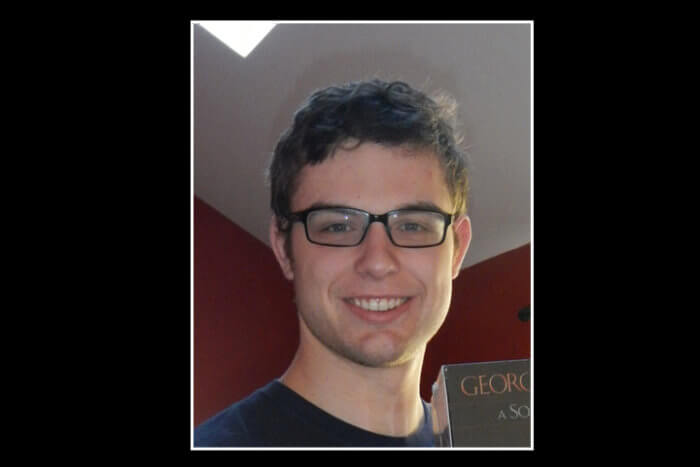
Christine spoke of Will as brilliant, funny, intelligent, with a love of martial arts who took part in competitive Jujitsu. He looked at the world differently.
Will struggled with bipolar II, schizoaffective disorder and Asperger’s. He also suffered from social anxiety disorder, which worsened as he grew older. In his teen years he became angry easily. In his early twenties, he had his first psychotic break.
This incident highlights an extremely important point to Christine. While Will was in the throws of this psychotic break, the nearest inpatient mental health facility to her was 45 minutes away—highlighting the lack of resources and delays in treatment for patients with acute mental health incidents who do not live in major metropolitan areas.
Three takeaways from Will’s life Christine has are:
1. Find the irony and hilarity in life even in the darkest places.
2. When Will died, many people were shocked. They said he always seemed happy and polite. Please know that many people are suffering, and hiding their struggles in plain sight. Topics such as substance abuse and suicide are simply not spoken about and we need to end the stigma.
3. Be kind to everyone. You may save a life
If you or a loved one is at risk of suicide or self-harm, you can contact The National Suicide Prevention Lifeline at 1-800-273-8255
This story first appeared on our sister publication philly.metro.us.



